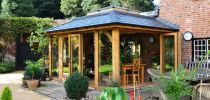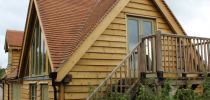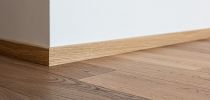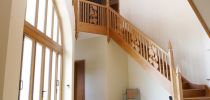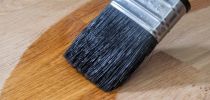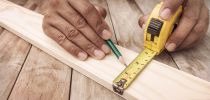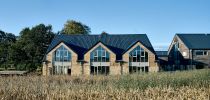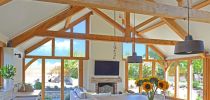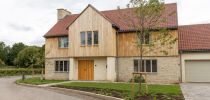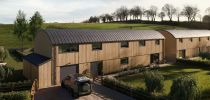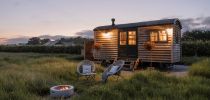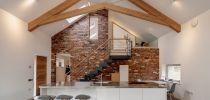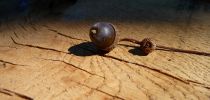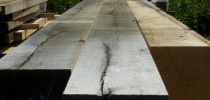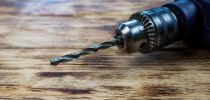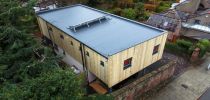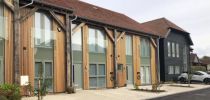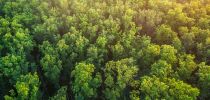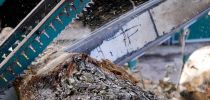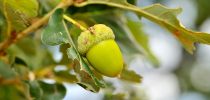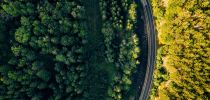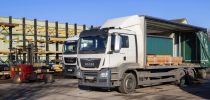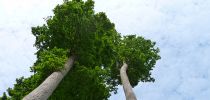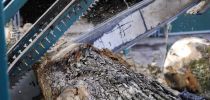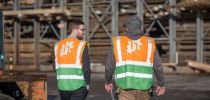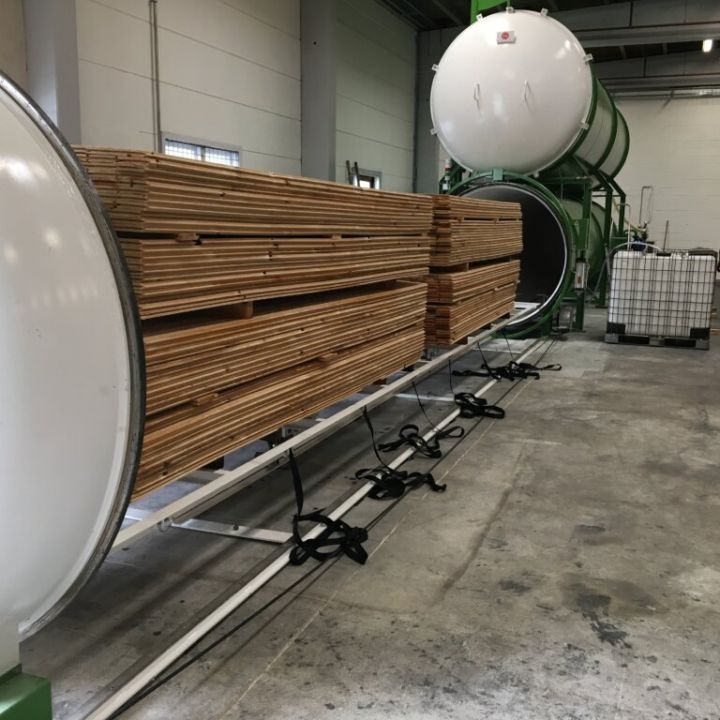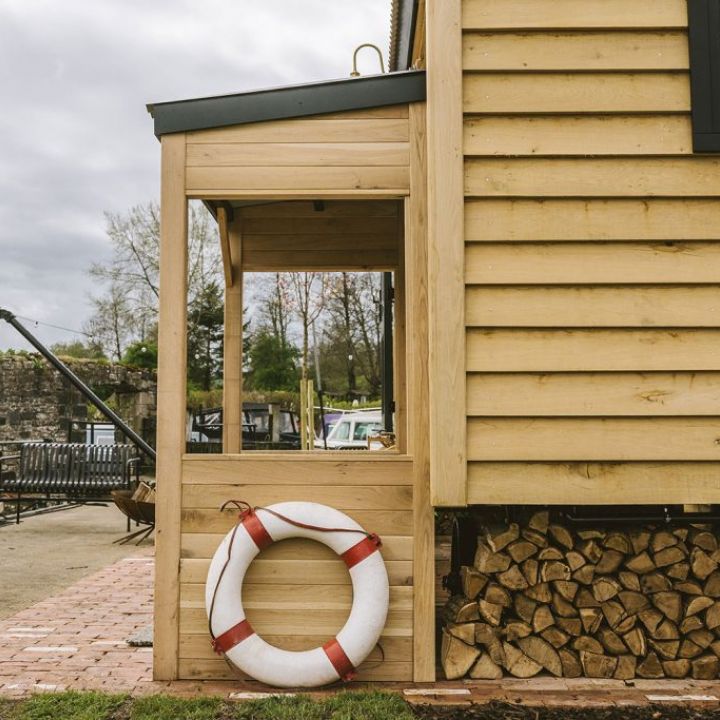
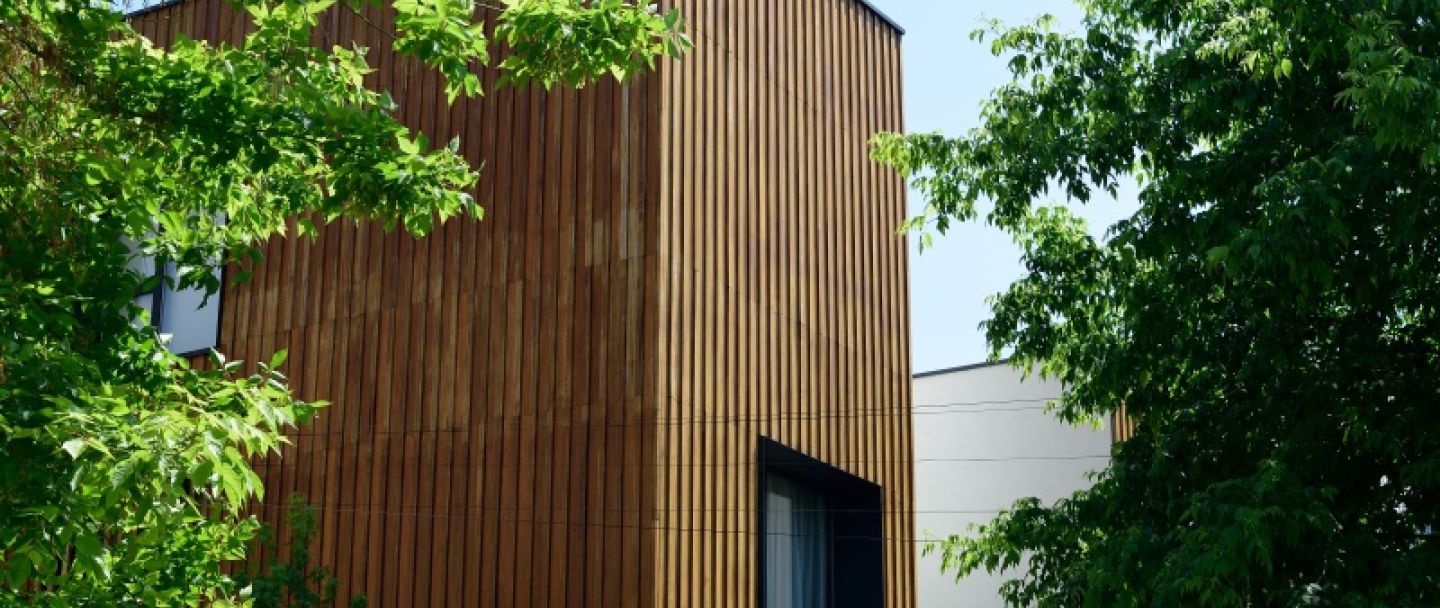
Timber Durability
A key performance factor
14th February 2024
Durability refers to the time the timber will last, usually measured in years, and is a key performance factor involved in the design and specification of timber cladding. The main contributor to durability is the ability of a species to resist decay either naturally or through preservatives.
The durability of a timber depends on how it performs in a particular environment e.g. a commonly known non-durable species such as European Beech will not last many years if left outside, especially if in ground contact, but it may last centuries as a table in your kitchen or as your bookshelves.
Many hardwood species of timber have natural durability and can be used outdoors untreated. The downside to this is that the cost of these naturally durable hardwood species is often high, and supply sometimes limited. Some softwoods are durable to an extent, however, most of them will need additional preservative treatment before they can be used outdoors or in environments prone to condensation or humidity. On the plus side, these softwoods are less costly and more widely available. The modified timbers such as Thermowood, are both more sustainable and durable, and are only slightly more expensive, therefore becoming a more popular and widely available option.
BS-EN-350 is what is used to class species of timber by their natural durability and show the lifespan of the wood. The class is based on the ability of the heartwood of that species to resist fungal decay and has to be considered relative to where the timber will be used (use class).
The standard test to determine the durability of timber involves taking a stake of the heartwood, placing it into the ground, and monitoring it over time. Sapwood in timber used for untreated cladding is not considered durable and is excluded from the test.
There are five classifications of natural durability:-
Class 1: Very durable | Life span of 25+ years
Class 1 represents the highest durability of natural timber. This means that in normal outdoor above-ground conditions, it should last at least 40 years. In the ground, it should last at least 25 years. Class 1 timbers are best for projects that involve exposure to the elements, e.g. wet/rainy conditions. The drier the timber is, the longer it lasts.
Class 2: Durable | Life span of 15-25 years
Class 2 timber types have a life expectancy above ground of 15 to 40 years. In-ground, that number sits lower at 15 to 25 years. Class 2 timbers are still extremely durable timbers and are renowned for their long lifespan and beautiful features.
Class 3: Moderately durable | Life span of 10-15 years
Class 3 timber has an average durability, lasting between 7 and 15 years in normal outdoor above-ground conditions, and 5 to 15 years underground. Class 3 timber is great for indoor and ornamental features and furniture.
Class 4: Slightly durable | Life space of 5-10 years
Class 4 timber has the lowest durability, and will likely last between 0 to 7 years in above-ground outdoor conditions, while in-ground conditions will likely deteriorate the wood within 5 years. Class 4 timbers, like most softwoods, are still useful as structural and building materials, and serve a special purpose in their lightweight and easy-to-work nature.
Class 5: Not durable | Life span of 0-5 years
Class 5 timber has very little, if any, durability and includes species such as Sitka spruce, Alder, Silver Birch, European Horse Chestnut and Sycamore.
The lifespan figures in this Class system refer to the lifespan in external, unprotected environments; if timber is kept in a protected, internal environment, then the lifespan can actually be 50+ years. These classes only consider the heartwood of the species and any sapwood will always fall under class 5, regardless from which species it comes.

